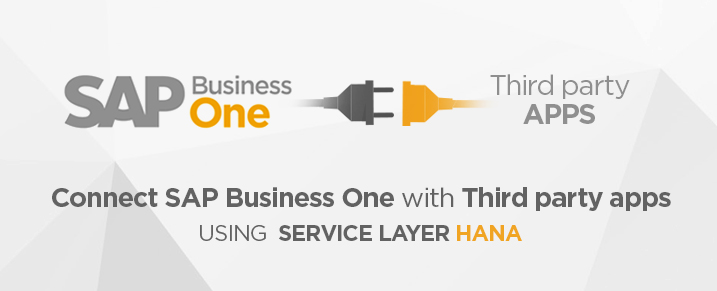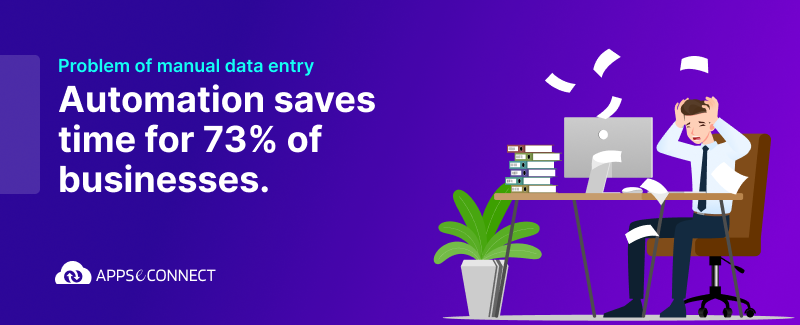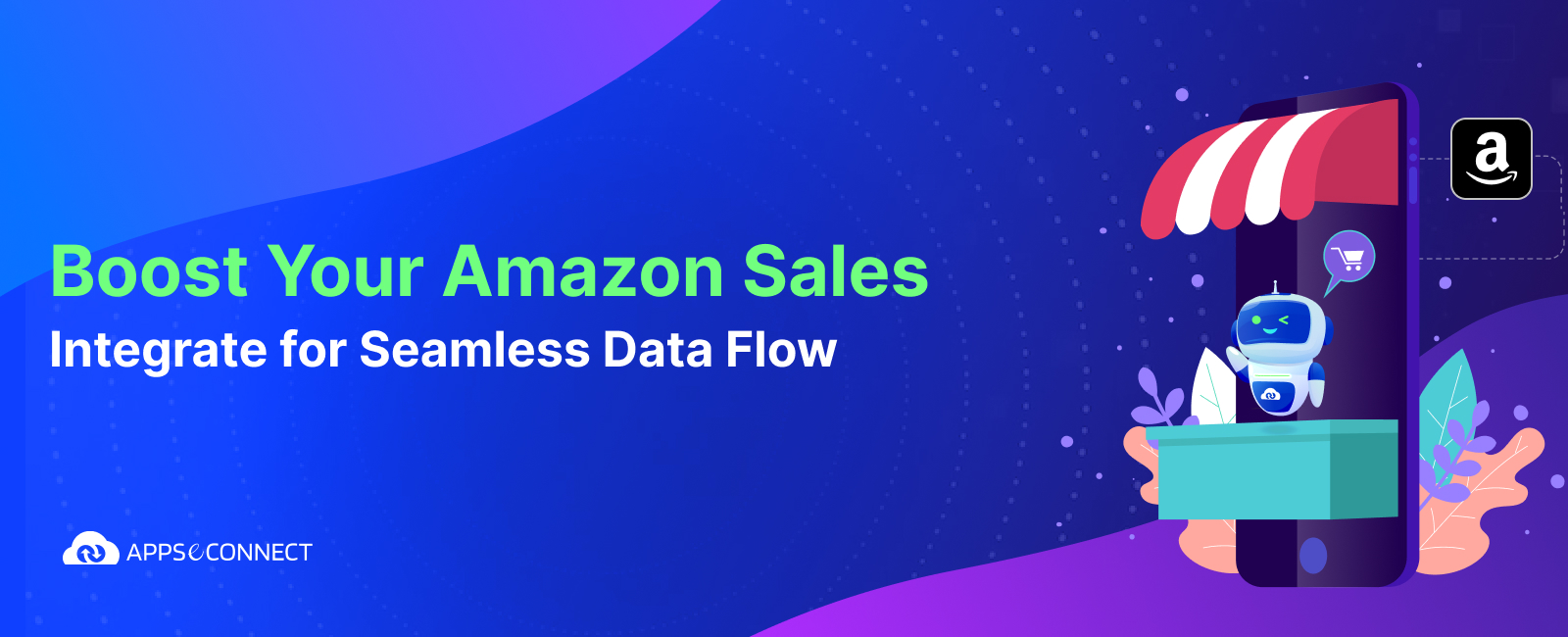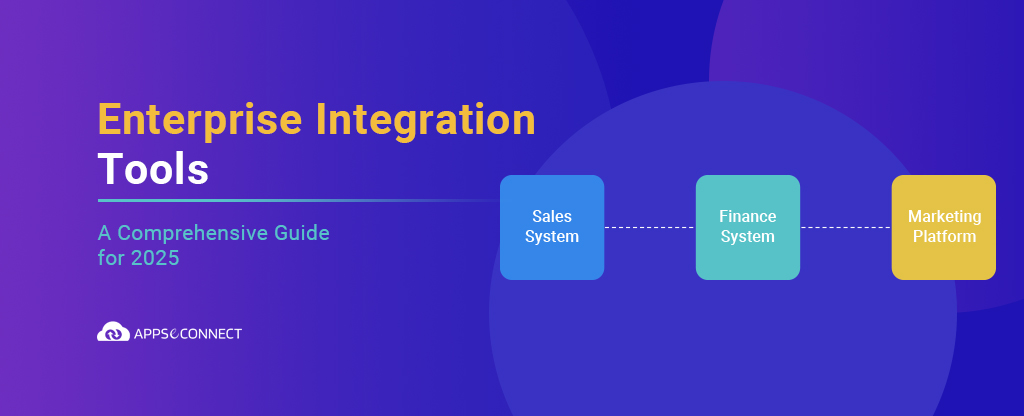
We recently had a Webinar on ” Connect SAP B1 with apps using Service Layer (HANA) ” on 28th of September. The webinar was a great success. The points which were covered in the webinar includes the following:
- Service Layer Architecture: The protocols and Usages.
- How service layer communicates with SAP B1.
- Creating a 3rd Party communication channel to send / receive data using .NET
- Why and when to use Service Layer?
- Architectural differences between DI Server and Service Layer.
During your sync operation, you might receive an error showing “Invalid value [XXX][line: 1]” in SAP Business One. Check out the solution!
The Questions and Answers that were discussed in the webinar are as follows:
- Are all business objects of SAP B1 supporting through business layers?
A: Yes, all the objects are supporting through business layer. As data is exposed using O Data, all the data that is created is exposed through the layer.
- What is the basic difference between DI server and Service layer?
A: DI server is actually a component that resides into the server and so if we have installed SAP client we need COM interfaces to communicate to the sap server. If we need SATP Call to get some data or if we need a proxy installed in our server (VIWS etc) then it creates a proxy between DI server and the external valt. The main difference is that the DI server uses COM interfaces to communicate the data while a service layer is an inbuilt SAP component which uses STP O data standards to communicate.
- Is service layer available in windows server?
A: It is not currently available. To use service layer we need to have sap server in LINUX with patch level 7 and we also need HANA database.
- Is SAP server dependent on external component?
A: We need to have SAP server in our Web Server as well as the Service Layer Component. Service Layer takes care of the service layer web project. SAP server is there in the server and we can host any third party website as well on the same server.
- Can service layer allow real time data transfer?
A: It does not support real time communication but we can create a web socket connectivity in our SAP server and use the web server to create a real time communication and so it is something that has to be built over service layer application.
- Is it mandatory to use service layer when connecting with HANA?
A: No it is not mandatory to do so. The reason being that there are other SAP components as well. Preferably we should use service layer but we can go with other DI server as well with HANA.
7.Can you add service layer as your service reference to get strongly tied objects?
A: Yes it can be done. One can enable the WCF component. After V1 you can say dollar meta data in your visual studio and you can add service reference. You can say your service URL. To allow anonymous calls we have to allow service layer to have WCF compatible equals to true and meta data without session equal to true.
8.Is it possible to install service layer on a different server running HANA Database?
A: Yes. Service layer can be installed on different servers and use load balance to communicate between different servers. One can install the service layer component on different servers viz server 1,2,3 and so on.
- How does sap manage events? Is there an event emitter that can be hooked in to?
A: Currently there is no option to automatically trigger something from Service layer when data is updated (something like service broker notifications). One can create a Service on top of Service Layer which can keep track of all the data which is been updated and then the service can have some webhooks implemented which will be triggered automatically when data is changed.
Here is a sample script which can create a webhook on the platform:
http://behindcompanies.com/2014/01/a-simple-script-for-deploying-code-with-githubs-webhooks/
You can also use Transaction notification directly from the database and you only hook to one particular object to get the data updates:
http://scn.sap.com/docs/DOC-47664
Another option that you can have is to choose an integration platform that supports real time integration. We have a concept of Real-time touchpoints which keeps track of all the data updates and sync data automatically to the application which needs an update.
Now, lets have a peek at the webinar:
You may also like:
Digital Marketing for E-Commerce : Recorded Webinar
Webinar- Connect Third Party Systems with SAP B1 – DI API, DI Server, B1WS
Webinar – B2B Features in Magento




















